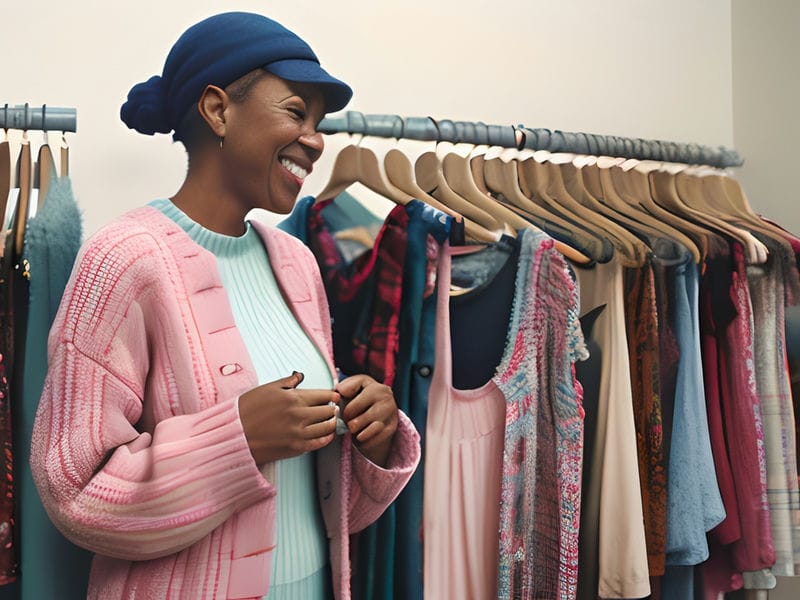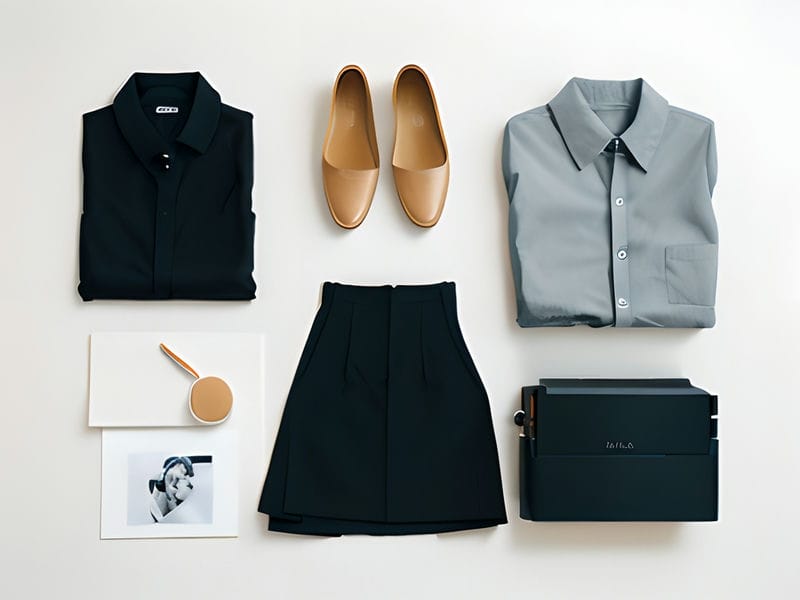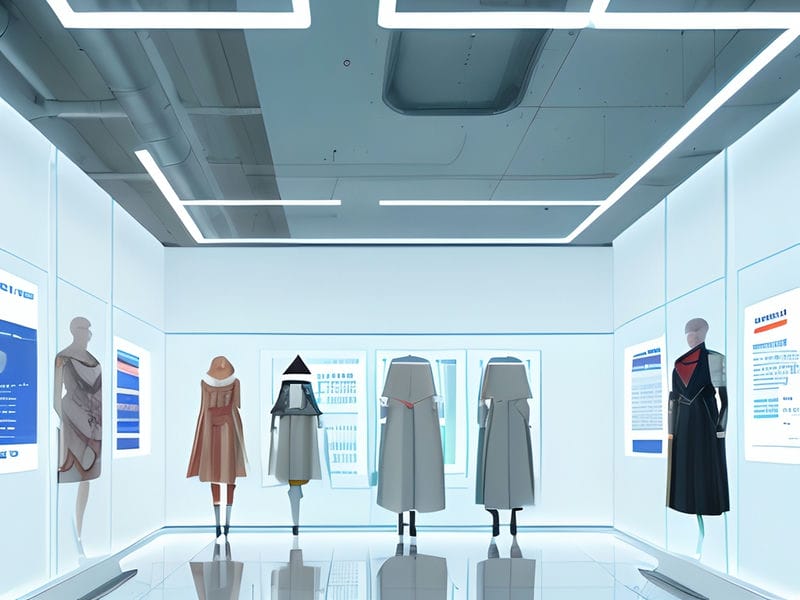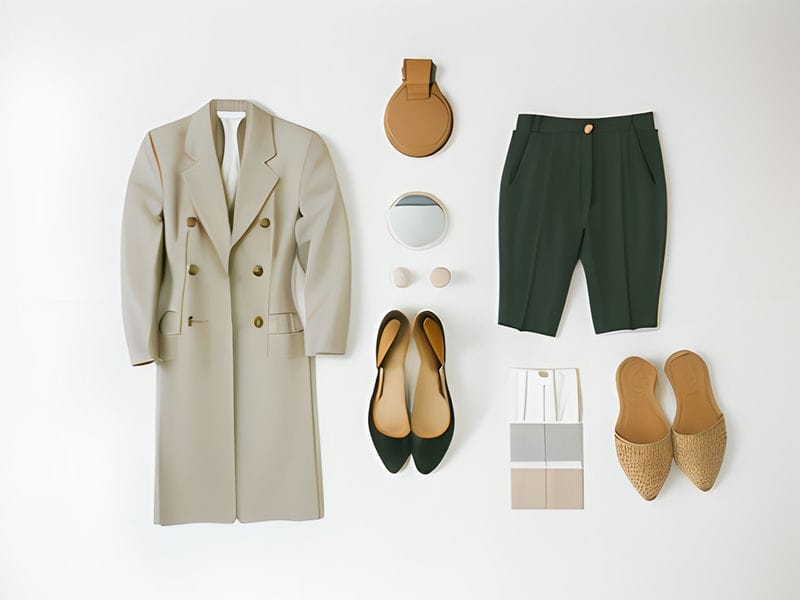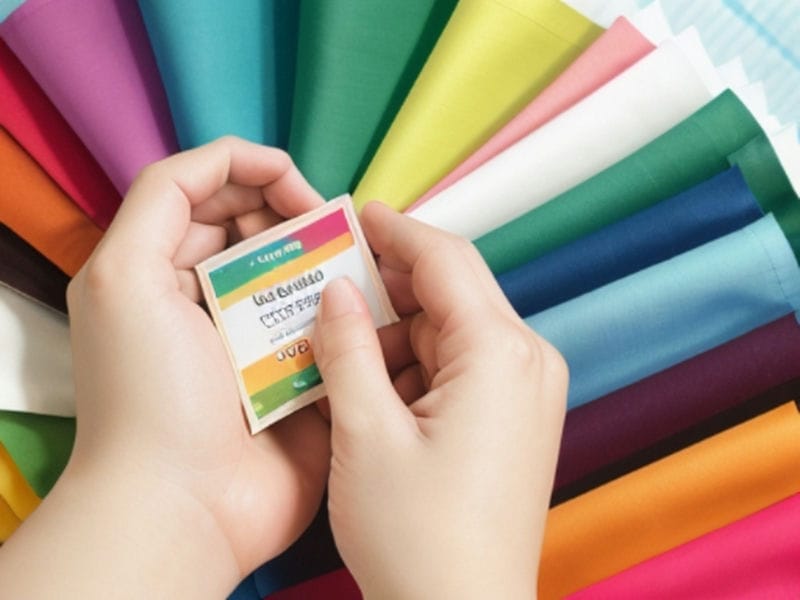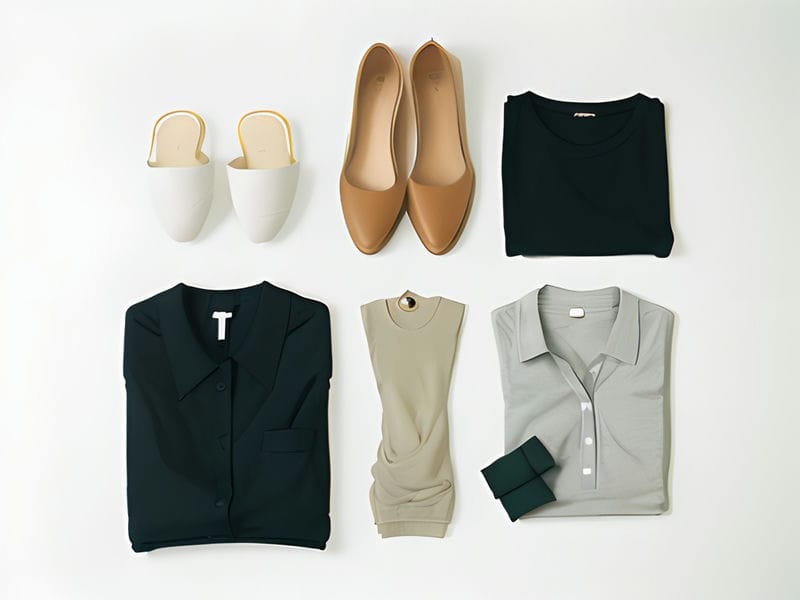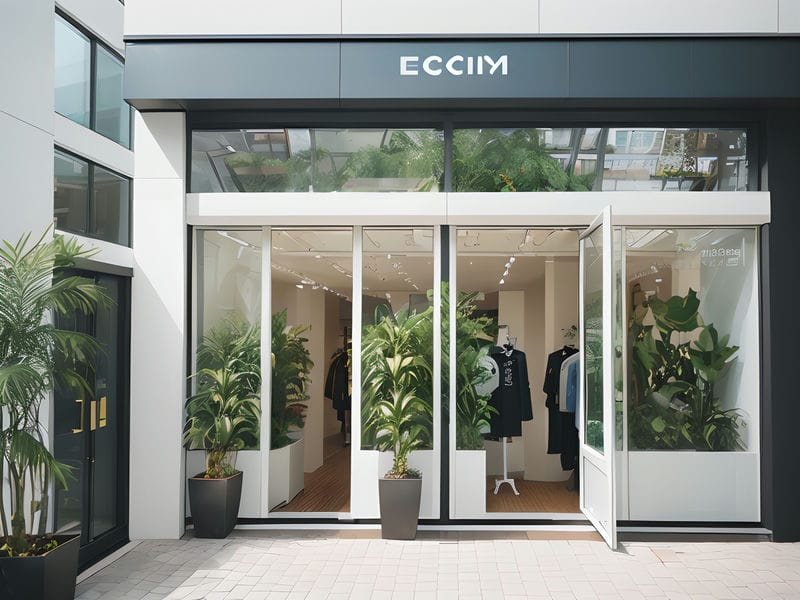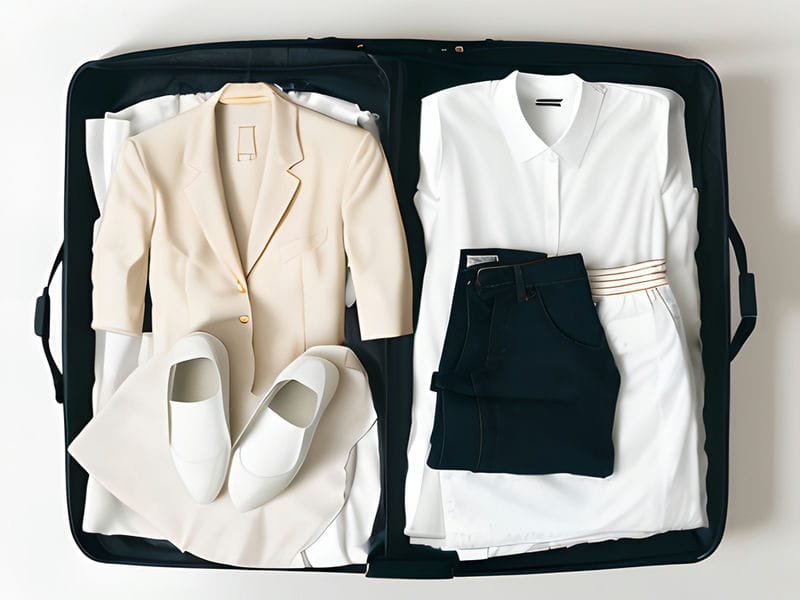
How Second-hand Retail is Shaping the Future of Fashion
The shift from traditional retail to online sales channels
Second-hand retail is no longer just a niche market for bargain hunters and vintage enthusiasts. It has become a mainstream trend that is shaping the future of fashion in significant ways.
The growing popularity and acceptance of second-hand shopping can be attributed to several factors. One of the main reasons is the increasing awareness of sustainability and ethical consumption among consumers. As people become more conscious of the environmental impact of fast fashion, they are turning to second-hand stores as a more eco-friendly alternative. By giving pre-loved items a new life, shoppers are reducing waste and minimizing their carbon footprint.
How Second-hand Retail is Shaping the Future of Fashion - Silk
- price
- Silk
- Brooke Cropped
In recent years, online platforms like thredUP and Poshmark have made it easier than ever for people to buy and sell second-hand clothing. This convenience factor has contributed to the rapid growth of the resale market, with more and more shoppers choosing to browse through virtual racks rather than physical ones.
Overall, the rise of second-hand retail signifies a shift towards a more sustainable and conscious approach to fashion consumption. As this trend continues to gain momentum, it is clear that second-hand shopping is here to stay and will play an integral role in shaping the future of fashion. So next time you're looking for something new to add to your wardrobe, consider checking out your local thrift store or browsing through an online resale platform - you never know what stylish treasures you might find!
